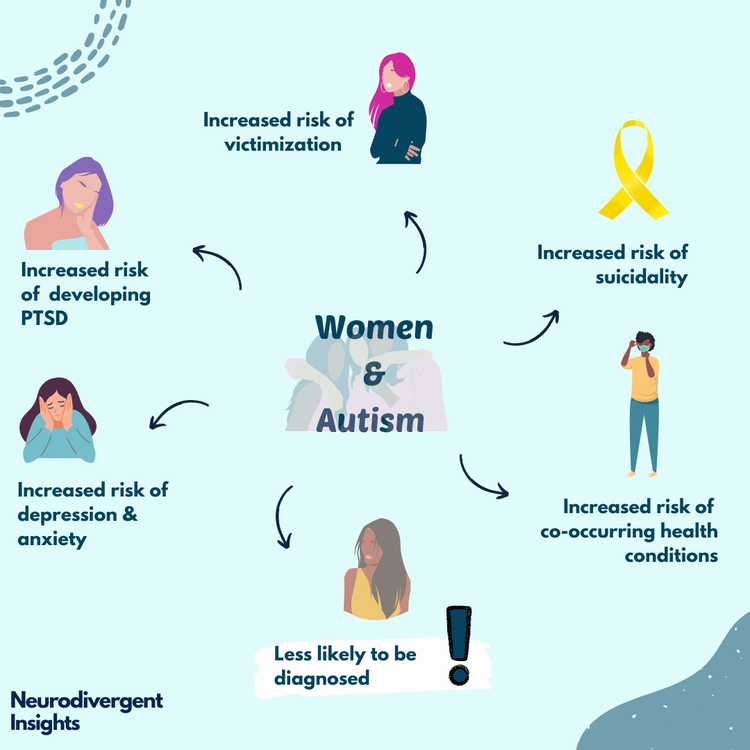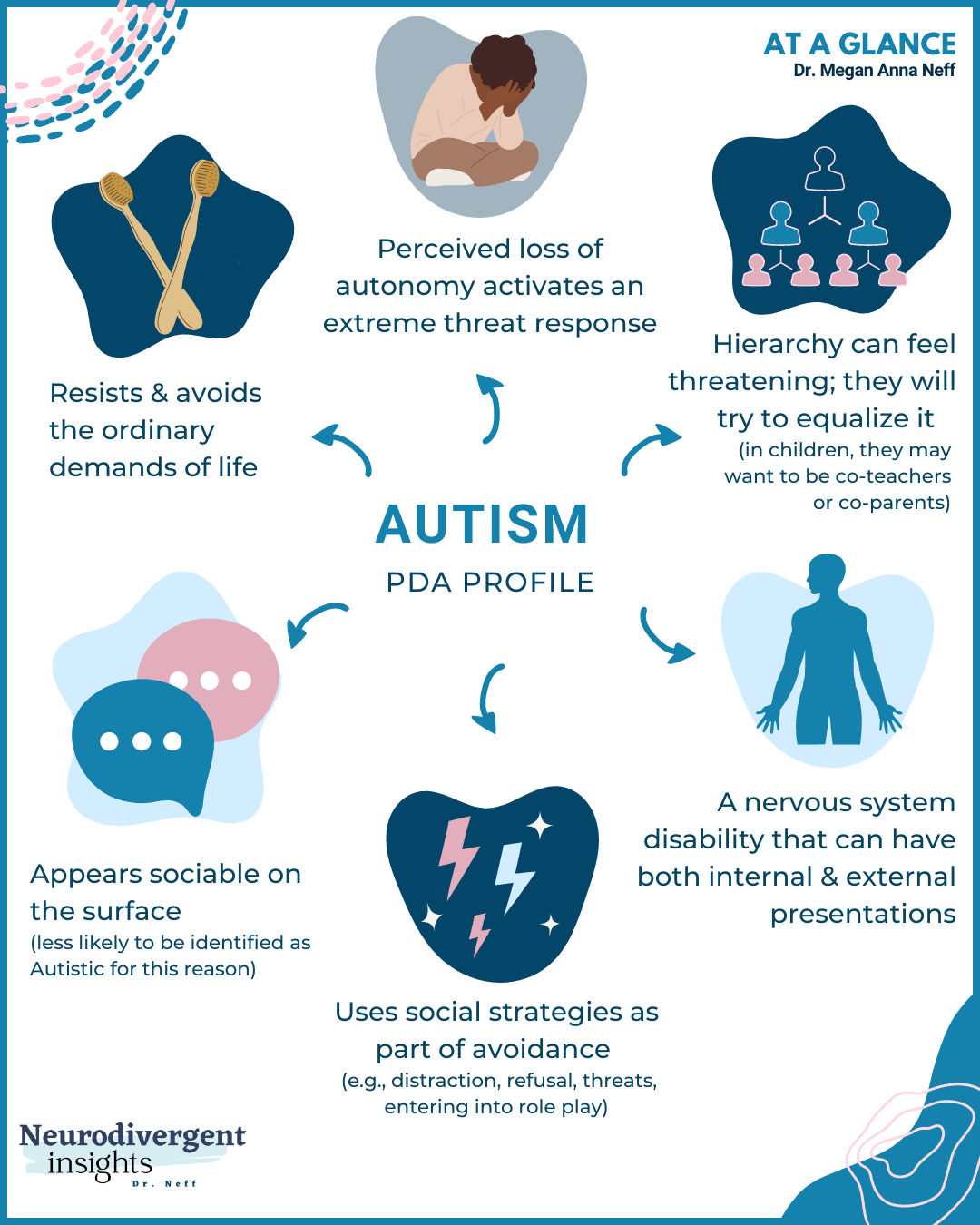Ingenious Therapies and Treatments: Advances in Autism Research
Ingenious Therapies and Treatments: Advances in Autism Research
Blog Article
Discovering Autism: Strategies for Effective Communication and Interaction
Reliable communication and communication with individuals on the autism range necessitate an extensive understanding of their special needs and choices. The intricacies of these techniques expose more considerations that merit exploration, particularly in exactly how they can be adapted to varied contexts and individual experiences.
Comprehending Autism Range Problem
Autism Spectrum Condition (ASD) includes an array of neurodevelopmental problems characterized by difficulties in social communication, interaction, and recurring behaviors. The term "range" reflects the diverse indications and differing degrees of severity experienced by individuals with ASD. While some might show significant disabilities, others might present high-functioning traits, allowing for better self-reliance in life.
The start of ASD usually happens in early youth, with indications frequently recognizable by age 2. Very early signs might include delayed speech advancement, restricted eye contact, and problems in comprehending social hints. The specific etiology of ASD remains vague, research recommends a combination of environmental and genetic elements plays a vital function in its growth.
As an outcome, interventions and assistance customized to individual demands are necessary for fostering interaction and social skills. Identifying the intricacy of ASD is vital for advertising understanding, acceptance, and reliable techniques that facilitate significant interactions with people on the spectrum.

Value of Clear Interaction
Efficient communication is vital for cultivating understanding and link, especially for individuals with Autism Spectrum Problem (ASD) Clear interaction not just helps with social interactions but additionally boosts the person's capability to share their needs, ideas, and feelings. For individuals with ASD, the subtleties of language can commonly be challenging; therefore, making use of distinct and straightforward language is crucial.
Additionally, clear communication helps in reducing aggravation and anxiousness that may arise from misconceptions. When messages are conveyed in a straight and consistent way, people with ASD are better furnished to interpret info accurately, which can substantially enhance their social interaction and engagement in different setups.
Establishing routines and making use of visual supports can better reinforce clear interaction. These strategies give individuals with predictable structures that assist comprehension and retention of info. In addition, actively being and paying attention patient during communications advertises an encouraging environment where individuals with ASD really feel valued and recognized.
Ultimately, prioritizing clear interaction not just encourages individuals with ASD but likewise cultivates more meaningful connections with their peers, caretakers, and the bigger area, leading the way for inclusive communications and joint partnerships. - autism
Non-Verbal Communication Methods
Communication prolongs past words, and for people with Autism Range Condition (ASD), non-verbal hints play a substantial role in interactions. Non-verbal communication techniques can consist of faces, motions, body movement, and eye call, every one of which work as vital parts for conveying emotions and intentions.
Understanding and interpreting these non-verbal signals can improve communications with people with ASD. As an example, a cozy smile or open pose can produce a welcoming atmosphere, urging involvement. Utilizing visual help-- such as image cards or signs-- can bridge interaction spaces and help share messages a lot more efficiently.
It is additionally crucial to be mindful of individual area, as individuals with ASD might have different convenience levels relating to proximity. Observing their responses to physical visit here nearness can educate proper adjustments.

Creating Encouraging Atmospheres
Creating an encouraging setting is important for fostering favorable communications and enhancing the health of people with Autism Spectrum Disorder (ASD) Such settings can substantially decrease anxiety and develop a feeling of security, allowing people to share themselves a lot more easily.
To accomplish this, it is important to consider sensory sensitivities that individuals with ASD might experience. Changing the physical area to include soft lights, very little background sound, and comfy seating can develop a relaxing ambience. Furthermore, using consistent routines and clear aesthetic schedules can aid people anticipate transitions and lower uncertainty, more promoting convenience.
Social spaces need to be structured to decrease overwhelming stimulations while providing chances for involvement in preferred activities. Promoting areas assigned for silent time can also work as a sanctuary throughout minutes of tension. Significantly, including elements of choice equips people, permitting them to work out agency in their environment.

Encouraging Social Communications
Fostering social communications amongst individuals with Autism Range Disorder (ASD) needs intentional methods that focus browse around this site on comfort and involvement. Establishing predictable regimens can help minimize anxiety, making social settings extra approachable. Producing organized environments with specified obligations and duties allows individuals to involve without the frustrating pressure of unstructured social characteristics.
Incorporating passions and strengths into social tasks can act as a catalyst for interaction. Organizing team tasks around shared hobbies or subjects of attraction can promote all-natural discussions and links. In addition, making use of visual assistances, such as pictorial routines or social scripts, can assist in understanding social hints and assumptions.
Designing proper social actions is essential - autism. Adults and peers ought to show reliable interaction strategies, including energetic listening and turn-taking. Role-playing circumstances can likewise give a risk-free space for individuals to exercise these abilities
Lastly, promoting peer partnerships via inclusive methods is vital. Urging inclusive playdates or group trips can develop chances for socializing in a comfy setting. By applying these methods, caregivers and instructors can considerably boost social interactions for individuals with ASD, advertising their overall social development and well-being.
Final Thought
In final thought, effective interaction and communication approaches are important for supporting people with Autism Range Disorder. Ultimately, these approaches equip individuals with autism to navigate social landscapes, advertising their general health and allowing the growth of long lasting connections.
Effective interaction and communication with go people on the autism range necessitate a thorough understanding of their special requirements and preferences. Clear communication not just promotes social communications but likewise enhances the person's capability to reveal their demands, feelings, and thoughts.Cultivating social interactions amongst individuals with Autism Range Disorder (ASD) calls for willful approaches that focus on comfort and engagement. By implementing these educators, caregivers and methods can substantially enhance social interactions for individuals with ASD, advertising their overall social development and wellness.
In verdict, reliable communication and communication methods are essential for supporting individuals with Autism Range Condition.
Report this page